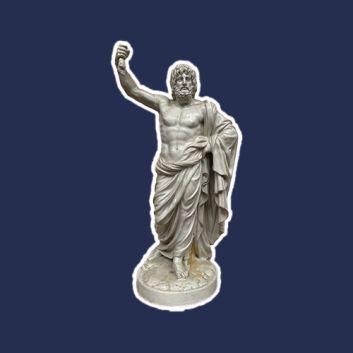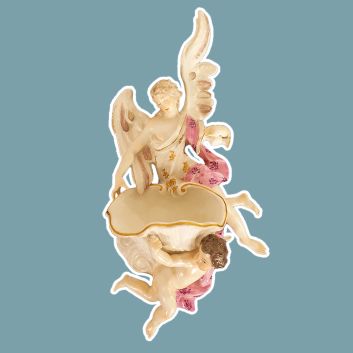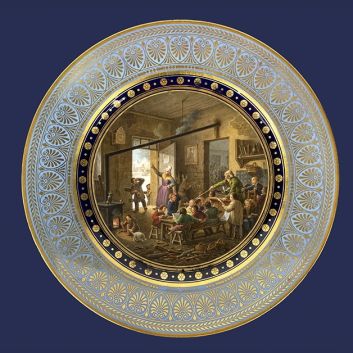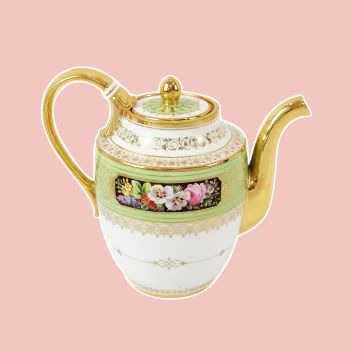Dihl et Guérhard, value of porcelain from the rue du Temple factory
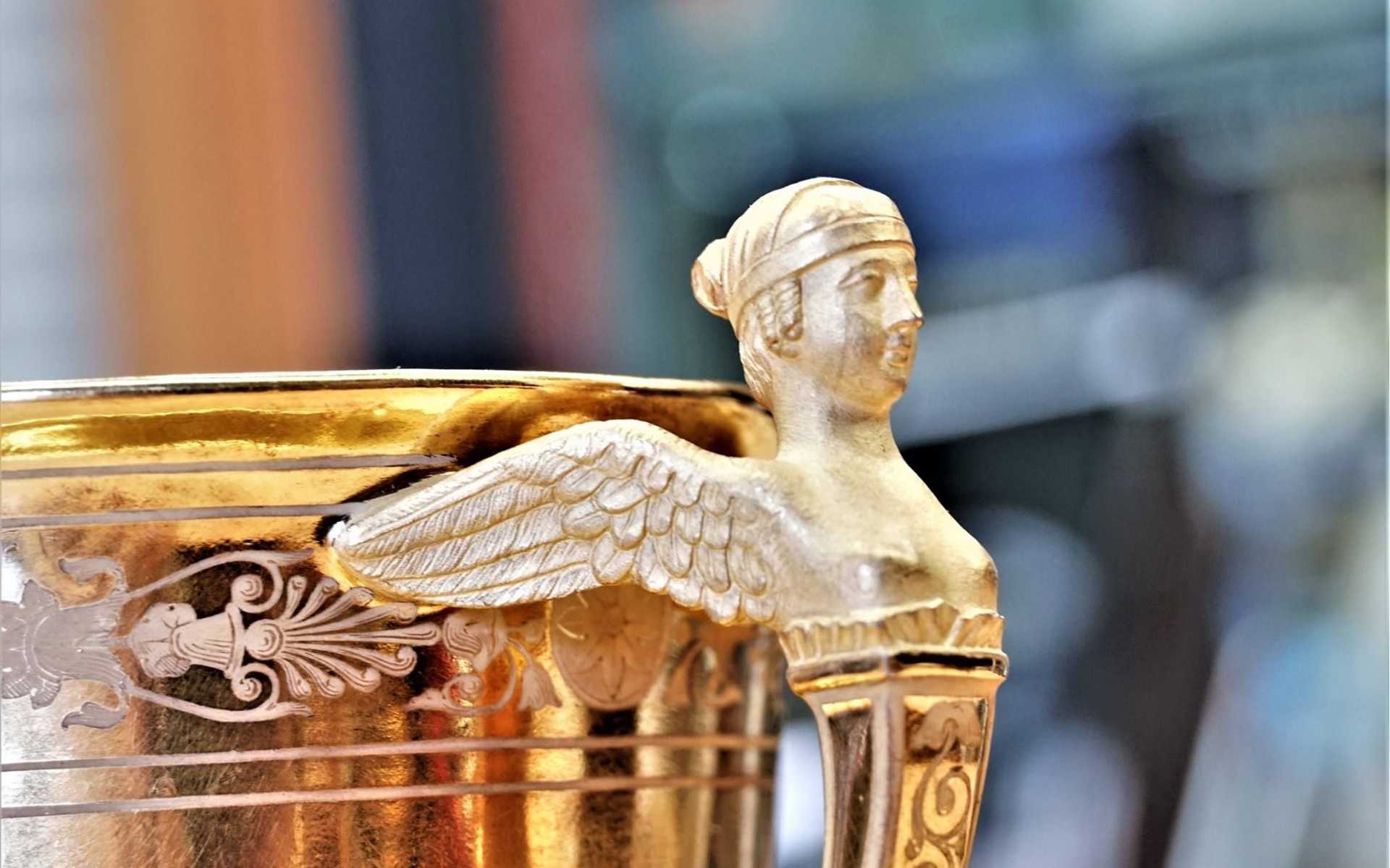
The manufactory's decorations are highly varied, reflecting the fashions of the period, such as "barbeau", antique-style, "Salambier" or large bouquets of flowers in full bloom.
If you are in possession of signed porcelain from the Manufacture Dihl et Guérard or any other piece of Paris porcelain, please feel free to request a free appraisal by filling in our online form.
A member of our team of experts and certified auctioneers will contact you to provide an estimate of the market value of your Paris porcelain. If you are considering selling your piece of art, our specialists will also guide you through the various alternatives available to obtain the best possible price for your work, taking into account market trends and the specific features of each object.
Order of value for porcelain ranging from the most basic to the most prestigious
Object type | Estimate |
|---|---|
Cup and saucer | From €40 to €10,066 |
Plate | From €30 to €500 |
Coffee service section | From €200 to €2,000 |
Table service part | From €300 to €6,000 |
Cookie centerpiece | From €400 to €5,000 |
Painting on porcelain | From €10,000 to €110,000 |
Porcelain vase | From €500 to €800 |
Response in less than 24h
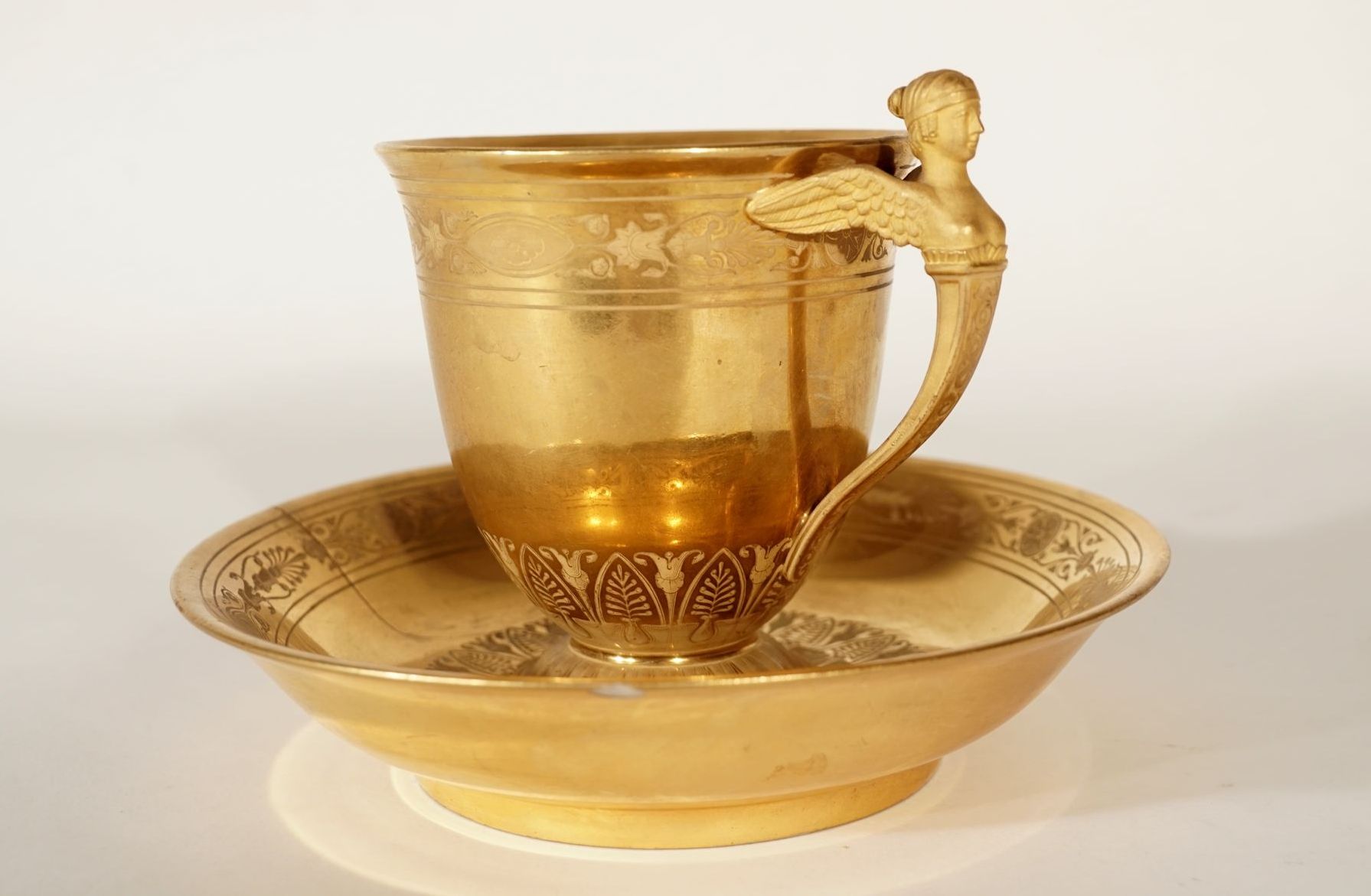
Dihl and Guérard, the meteoric rise of a shooting star
The Dihl et Guérhard porcelain factory in Paris is famous for its history and production, which spanned the Ancien Régime, the Revolution, the Consulate, the Empire and closed under the Restoration.
As one of the privileged manufactures, it enjoyed the protection of the young Duc d'Angoulême, nephew of King Louis XVI. This was a purely political act, essential to the manufactory's survival in the face of regulations favoring the Royal Manufactory of Sèvres.
The company, founded in 1781, was the fruit of collaboration between Christophe Dihl, a talented modeler and technician, and the Guérhard couple, who provided the necessary funds and managed the financial and commercial aspects. Dihl, in addition to his expertise in porcelain manufacture, was a researcher and inventor, while Antoine Guérhard was probably an expert in cobalt extraction, and his wife, Madame Guérhard, managed sales and bookkeeping with probity and intelligence.
The factory was a great success from the outset, employing twelve sculptors and thirty painters in 1785, and was soon swamped with orders.
With the success of the business, the premises on the rue de Bondy became too small, and a sum of 432,000 livres was allocated to the acquisition of a larger space, theHôtel Bergeret, located near the rue de Bondy. This new establishment welcomed prestigious visitors, such as Gouverneur Morris, representative of the United States of America in Paris, who purchased porcelain for Washington. Despite the Revolution, the factory continued to operate, and in 1793, Dihl hired some fifty additional workers.
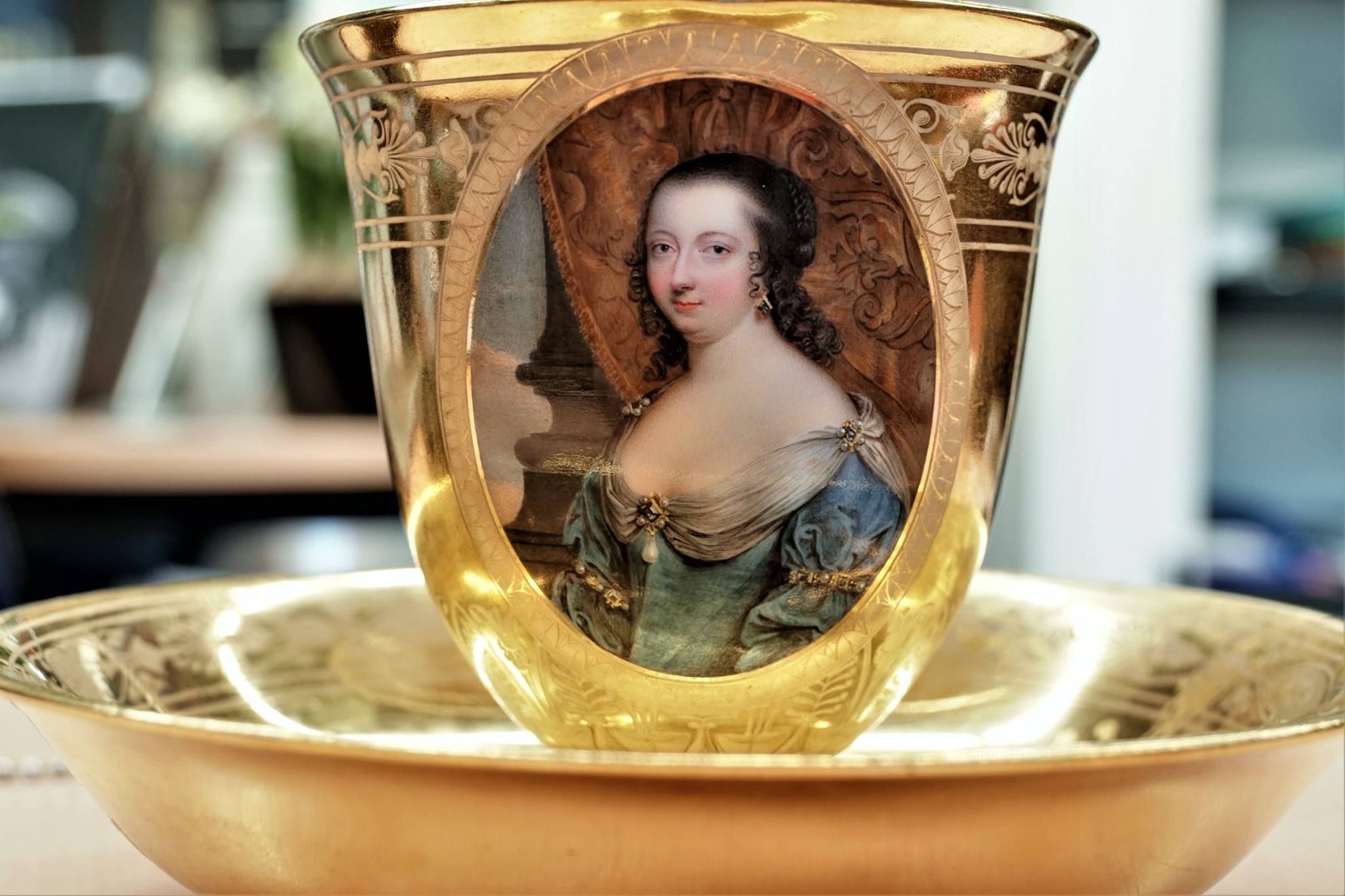
The success of the rue du Temple factory
In year V, the rue du Temple factory was estimated to be superior to the Sèvres factory, particularly in terms of sales, as it exported a great deal. The following year, Year VI, the upward curve continued with a prestigious award at the Exhibition of Industrial Products. Dihl had presented paintings on porcelain, demonstrating great technical skill, and caused a sensation when he presented his report on firing-proof colors to the Académie des Sciences. On December 25, 1797, Madame Guérhard married her only daughter with a considerable dowry, and on December 27, Madame Guérhard married Mr. Dihl in the presence of the best painters from their factory.
Thanks to the judicious choice of the best specialists for the various positions, the factory continued its ascent until the great Empire Exhibition of 1806 and the Salon of the same year. Dihl was awarded a gold medal, and his factory was considered one of the most flourishing in Europe. Many talented painters worked for him, including Le Guay and Sauvage. However, the decline began behind this glittering façade, mainly due to the economic crisis following the Napoleonic Wars and the continental blockade put in place by his adversaries. Dihl sold extensively abroad, notably in England, Russia and Spain. As early as 1807, he asked the government for a loan and reduced his workforce to 40. Three years later, in 1810, he had only 16.
Despite the difficulties, the factory was the only porcelain factory listed in a report by the Prefect of Paris as one of the forty-seven most important in Paris, ranking sixth. However, the first property sales took place in 1818, and the hotel itself was sold in 1823. Production had ceased in the hotel by 1822, but Dihl still retained buildings with furnaces and some workshops. Faced with this disaster, due in part to the new economic conditions to which they had failed to adapt, the old couple blamed each other bitterly for their ruin. A company dissolution was ordered by the Court in 1828, appointing Dihl as liquidator, but he did little. This responsibility was judicially withdrawn in December 1829, and he died two months later in February 1830, at the age of 77. Mrs. Dihl, who was in her eighties and ill, died in her turn in 1831.
Response in less than 24h
Related topics
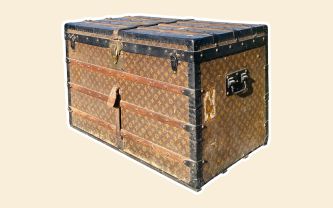
Get a free estimate for your fashion and leather goods...
Vintage fashion and leather goods are constantly evolving, with unique creations to be appraised by certified experts.
Read more >
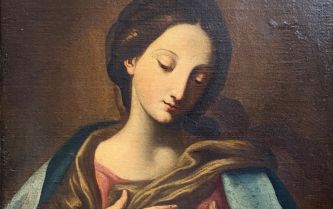
Rating and value of old religious paintings
Antique religious paintings are objects whose value is stable, they are always sought after by collectors. Estimation in 24h.
Read more >

Estimating the quality and true value of diamonds
Diamonds are precious objects whose value is increasing, but whose appraisal is very delicate and must be entrusted to an expert.
Read more >
Secure site, anonymity preserved
State-approved auctioneer and expert
Free, certified estimates
